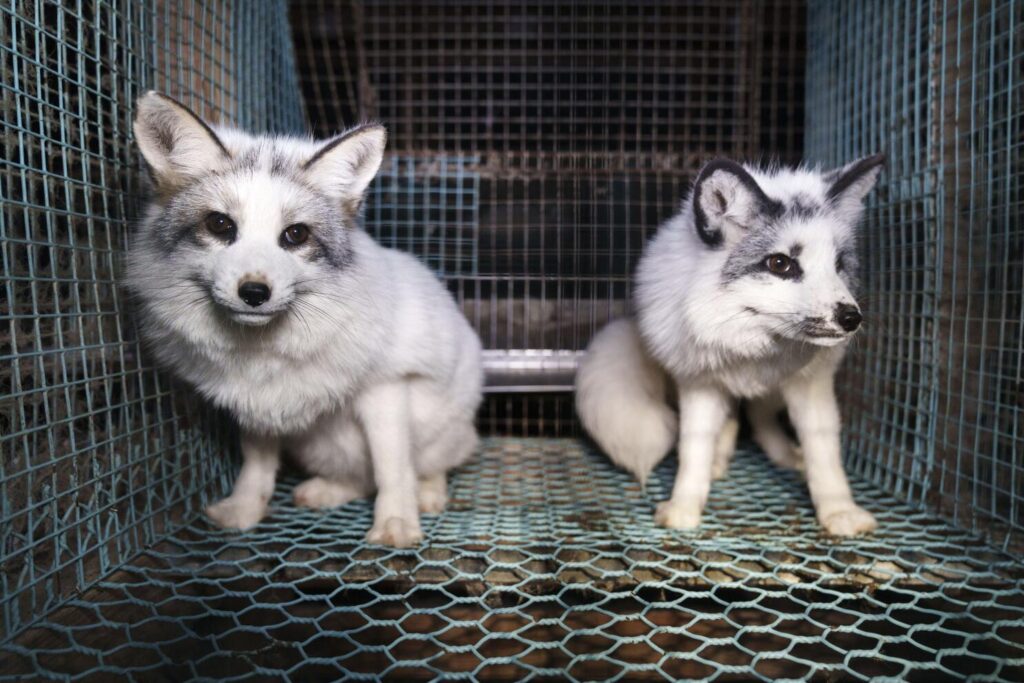In a historic measure against animal abuse and in favor of their rights, fur farms in Norway have been banned. These are farms where animals are raised to harvest their fur.
The measure was taken in 2018, during the Government of Erna Solberg, but it has now taken effect in February 2025.
Goodbye to fur farms in Norway
Between 1950 and 1960, Norway became one of the largest producers of animal fur. However, the increase in animal welfare awareness has impacted the industry in recent decades.

From 2015 to today, the use of animal fur has decreased by almost 85%, according to the Fur Free Alliance organization.
Now, following this decision, 200 fur farms will close in Norway, joining countries like the UK and the Netherlands in banning this type of animal exploitation.
The government will also offer them compensation for some losses or to cover debts, although there are still details to be clarified.
Fur industry numbers
Solberg agreed to close the fox and mink farms that produce around one million fur skins per year as part of the deal signed with the Liberals to recruit the Venstre party into the Government coalition: Oslo now controls 80 of the 169 seats in Parliament after the addition of the eight liberal representatives.
Scandinavia has a fur tradition, in fact, the largest mink fur industry, with 35% of global production, is in Denmark.
The largest farms dedicated to breeding animals for fur are also, apart from these, in the Netherlands and Norway. The demand for fur declined in the 80s and 90s, but has been reactivated since 2000 mainly thanks to Chinese and Russian demand.

In Norway, the fox fur breeding reached its peak in 1939, just before World War II, when the Nordic country was the world’s largest producer with nearly 20,000 farms.
In 2013, on the other hand, Norway produced only around three percent of the 7.3 million fox skins produced in a market dominated by China and Finland.
The latter even sparked controversy last year over the “monster foxes” scandal. They had been overfed to obtain more body fat and therefore more fur for sale to factories or the black market.
Do you already know our YouTube channel? Subscribe!

